Overview of a 6 Cylinder Engine
What is a 6 Cylinder Engine?
A 6 cylinder engine has six cylinders organized in a specific configuration. Each cylinder holds a piston that moves to generate power. Combustion happens within these cylinders, powering the vehicle. The cylinders are often arranged in an inline or V pattern. This engine type balances power, smoothness, and efficiency, making it popular in various vehicles.
Historical Evolution of 6 Cylinder Engines
6 cylinder engines have been developed over decades to improve efficiency and reliability. Early versions were less advanced but provided more power than smaller engines. Automakers introduced inline 6 engines in the early 1900s. Over time, the V6 configuration became a favorite due to its compact design. Recent innovations include turbocharging and hybrid integration for improved fuel efficiency and performance.
Common Usage in Vehicles
6 cylinder engines are commonly found in mid-sized and high-performance cars. They are also widely used in trucks and SUVs for their power and towing capabilities. Many sports cars and luxury vehicles favor them for balanced power and smooth operation. These engines are versatile, serving daily commuters and high-performance enthusiasts alike.
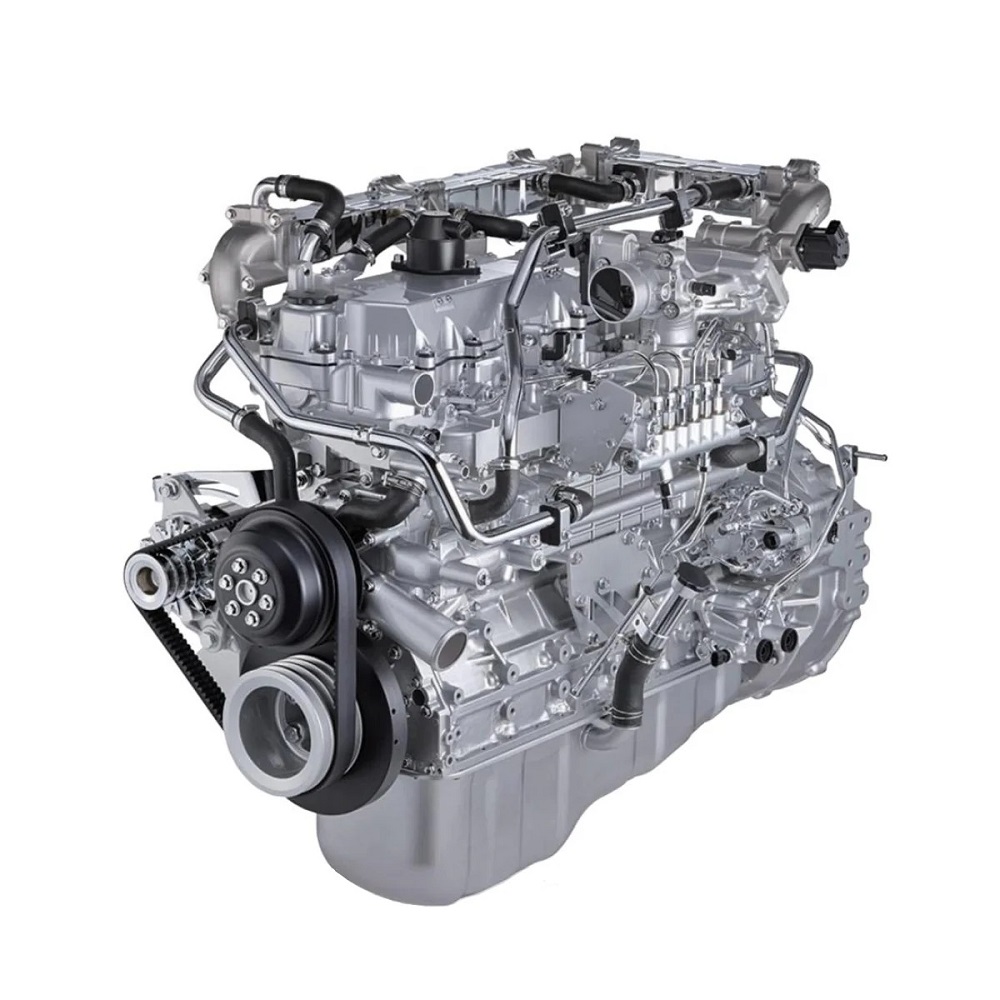
Key Components of a 6 Cylinder
A 6 cylinder engine relies on several key components to function efficiently and deliver power. Each component works in harmony to ensure smooth operation and optimal performance.
Cylinders and Pistons
Cylinders house the pistons, which move up and down to generate engine power. In a 6 cylinder engine, there are six cylinders, each containing one piston. These pistons compress the air-fuel mixture during combustion. The resulting explosion drives the pistons downward, producing mechanical energy. This energy ultimately powers the vehicle’s drivetrain.
Crankshaft and Camshaft
The crankshaft converts the vertical motion of the pistons into rotational energy. This rotational energy powers the vehicle’s wheels. The camshaft, on the other hand, controls the opening and closing of the engine’s valves. The synchronization between the crankshaft and camshaft ensures efficient operation, often achieved through a timing chain or timing belt. For a 6 cylinder engine, precise coordination of these components is critical.
Valves and Timing System
Valves regulate the intake of the air-fuel mixture and the exhaust of gases. The timing system ensures these valves open and close at the right time. In a 6 cylinder engine, the timing system must account for all six cylinders. Proper timing improves engine efficiency and reduces wear on components. A well-maintained timing system also enhances fuel efficiency and power delivery.
Understanding these key components is crucial for anyone learning how a 6 cylinder engine works. Each part plays an essential role in the engine’s overall functionality.
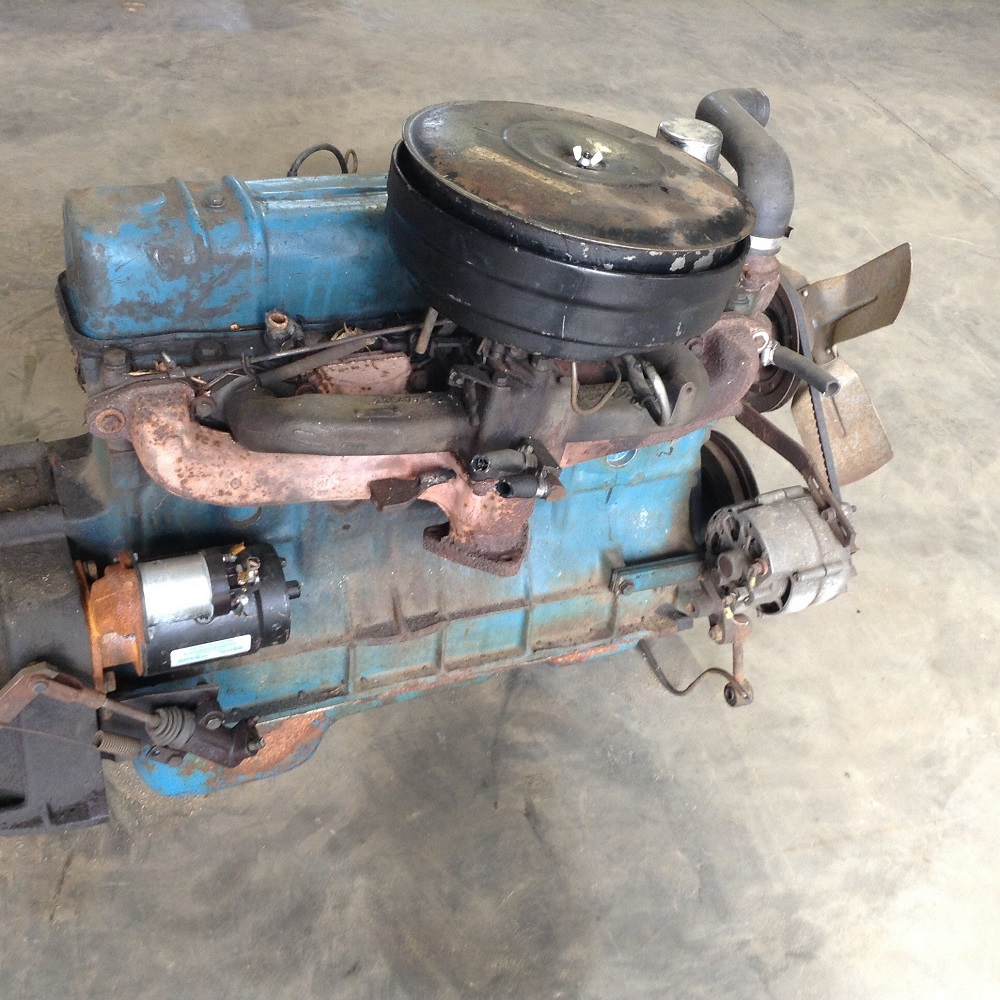
Types of 6 Cylinder Engines
6 cylinder engines come in two main configurations: Inline 6 (I6) and V6. Each configuration has unique characteristics, advantages, and applications. Understanding the differences helps in choosing the right engine for specific needs.
Inline 6 (I6) Configuration
An Inline 6, also known as an I6 engine, has its cylinders arranged in a straight line. This alignment is parallel to the length of the vehicle. The design provides excellent balance and smooth operation. The uniform firing order contributes to minimal vibrations.
The I6 configuration is often used in luxury vehicles and some trucks. Its simplicity makes it easier to maintain compared to more compact designs. However, its length demands more engine bay space, which limits its use in smaller cars. Despite this, the Inline 6 is praised for its durability and performance.
V6 Engine Configuration
A V6 engine features cylinders arranged in a V shape, with three cylinders on each side. This structure makes the V6 more compact than the Inline 6. It is commonly found in a wide range of vehicles, from sedans to SUVs and trucks.
The compact design allows automakers to fit V6 engines into smaller engine bays. It also reduces the overall vehicle weight, improving efficiency. V6 engines provide good power, balance, and versatility. They are often selected for vehicles needing both performance and space efficiency.
Differences Between Inline 6 and V6
The main differences between Inline 6 and V6 engines lie in their layout, size, and performance. The Inline 6 is longer and provides smoother power delivery. The V6, being more compact, is suitable for smaller vehicles.
From a performance standpoint, both are efficient but serve different needs. Drivers seeking luxury and smoothness often prefer the Inline 6. Drivers needing a compact yet powerful engine tend to choose the V6. Both designs represent the adaptability of the 6 cylinder engine in diverse automotive applications.
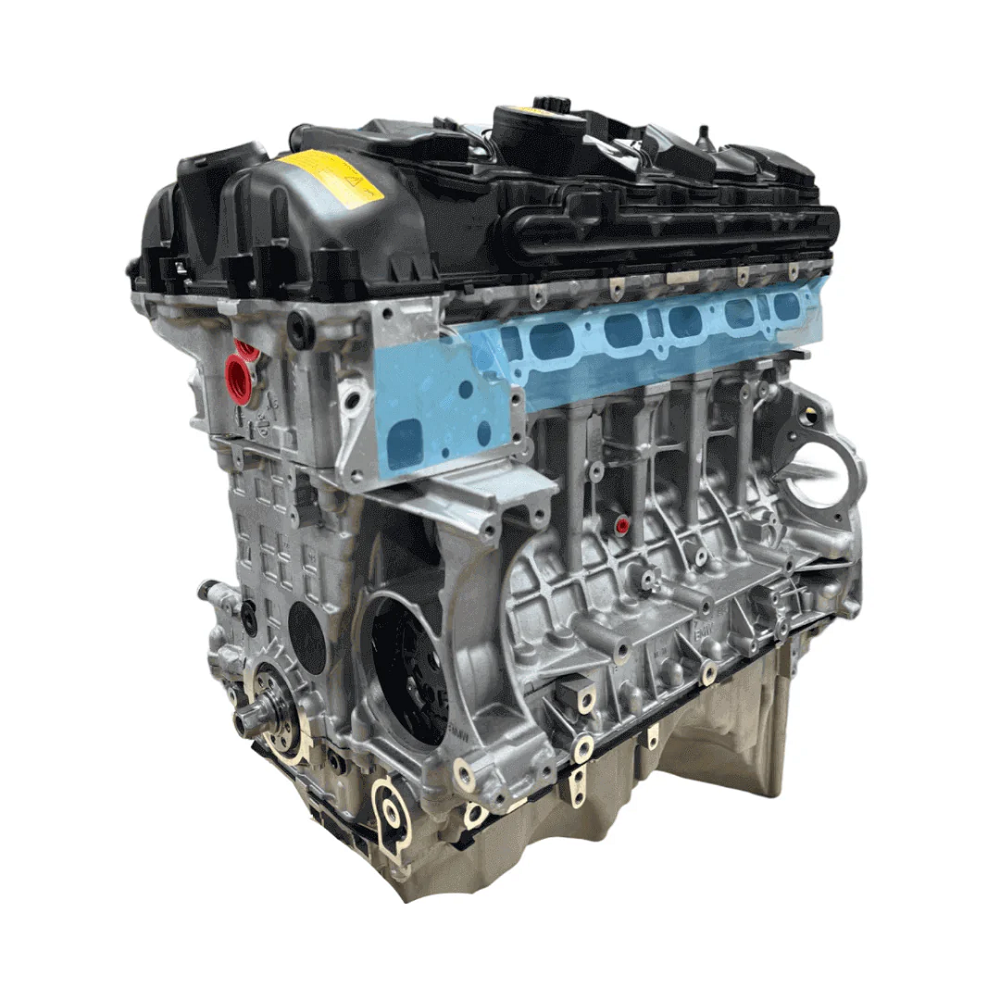
How a 6 Cylinder Operates
Understanding how a 6 cylinder engine operates helps with appreciating its design and functionality. The operation involves a cyclical process divided into specific stages, as well as a coordinated effort among all six cylinders to deliver consistent power output. Let’s break down the key operational aspects.
Intake, Compression, Power, and Exhaust Strokes
A 6 cylinder engine cycles through four strokes to produce power:
- Intake Stroke: The piston moves down, drawing air and fuel into the cylinder.
- Compression Stroke: The piston moves up, compressing the air-fuel mixture tightly.
- Power Stroke: The spark plug ignites the mixture, forcing the piston downward with energy.
- Exhaust Stroke: The piston moves up again, expelling burnt gases from the cylinder.
These stages repeat for each cylinder, creating smooth and continuous engine operation. Synchronization of all cylinders ensures efficient power generation.
The Role of the 6 Cylinders in Power Delivery
The six cylinders in the engine work together to provide balanced and steady power. Each cylinder fires sequentially, ensuring there is no interruption in power delivery. This sequence minimizes vibrations and maximizes engine smoothness.
Compared to smaller engines, 6 cylinder engines have more consistent power output. They excel in applications that demand strength and reliability, such as towing or high-speed performance. This makes them especially popular in SUVs and sports cars.
Fuel and Air Mixture Dynamics
A 6 cylinder engine relies on precise fuel and air mixing for efficiency. During the intake stroke, air and fuel blend at optimal ratios. This mixture is key for achieving the best combustion during the power stroke.
Modern engines use advanced fuel injection systems to ensure even distribution across all six cylinders. Proper mixing leads to improved fuel efficiency and reduced emissions. Additionally, turbocharged 6 cylinder engines increase air intake pressure for enhanced performance.
By combining efficient strokes, synchronized cylinder activity, and precise fuel-air mixing, 6 cylinder engines deliver dependable operation and robust power outcomes.
Advantages of a 6 Cylinder
A 6 cylinder engine offers several advantages that make it a preferred choice for many vehicles. From providing strong performance to ensuring smooth operation and optimizing fuel efficiency, its benefits are significant for all types of drivers.
Performance Benefits
A 6 cylinder engine delivers a balanced mix of power and speed. It produces more horsepower than 4 cylinder engines, making it ideal for vehicles that require robust performance.
The six-cylinder setup ensures continuous power delivery without interruptions. High torque levels make it suitable for towing and off-road applications. This engine is excellent for sports cars and heavy-duty trucks that demand consistent power and reliability.
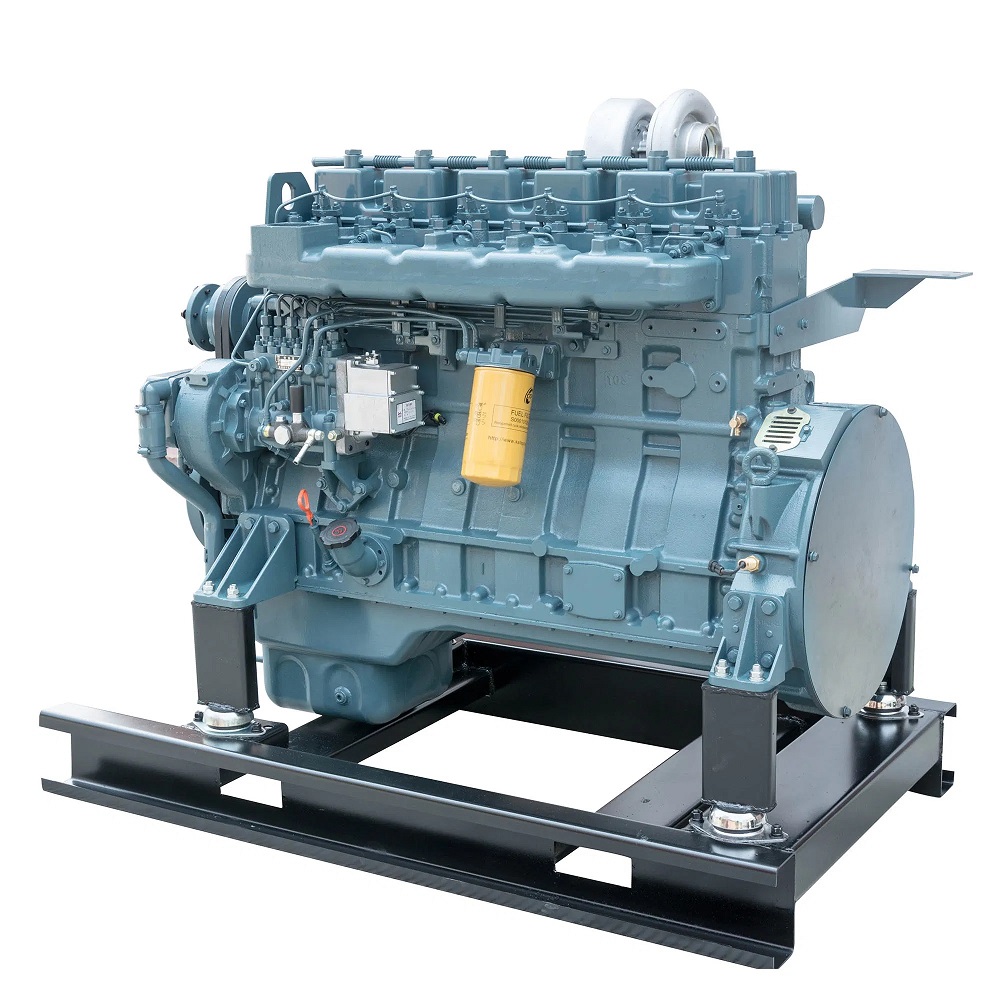
Smooth Operation and Balance
The 6 cylinder engine is designed for smooth and quiet operation. Its cylinders fire sequentially, minimizing vibrations and reducing noise levels.
An inline 6 engine offers exceptional balance due to its linear cylinder arrangement. Meanwhile, the compact V6 structure is optimized for steady functioning in modern vehicles. This smoothness enhances comfort during long drives or high-speed cruising.
Fuel Efficiency Compared to Other Engine Sizes
A 6 cylinder engine provides better fuel efficiency than larger engines like V8s. Automakers often integrate advanced fuel injection systems to optimize the air-fuel ratio in each cylinder.
Innovations such as turbocharging and hybrid systems improve efficiency further. These upgrades reduce fuel consumption while maintaining strong power output. Consequently, the engine strikes an effective balance between performance and economy for daily or performance-intensive driving.
Overall, the advantages of the 6 cylinder engine make it a versatile and reliable option for drivers seeking a balance of power, comfort, and efficiency.
Common Applications of 6 Cylinder
Six-cylinder engines are versatile and widely used in various vehicle types. Their efficiency, power, and reliability make them suitable for different applications. These engines cater to everyday drivers, off-road enthusiasts, and high-performance users alike.
Popular Cars with 6 Cylinder Engines
Many sedans and coupes feature 6 cylinder engines for balanced power and efficiency. Popular car models like BMW 3 Series and Toyota Camry often include these engines. Luxury brands such as Mercedes-Benz use inline 6 engines for smooth operation. Six-cylinder engines ensure dependable performance, making them a favorite among daily drivers.
Use in Trucks and SUVs
Trucks and SUVs benefit greatly from 6 cylinder engines. These engines provide higher torque, essential for towing and hauling. Models like Ford F-150 and Toyota Highlander rely on V6 engines for strong power output. Compact SUVs use them for efficiency, while larger trucks utilize their durability for heavy tasks. Their adaptability suits both urban driving and rugged terrains.
Role in Motorsport and High-Performance Cars
Six-cylinder engines play a significant role in motorsport and high-performance cars. Brands like Porsche and Nissan equip vehicles with turbocharged V6 engines for better speed. Inline 6 engines are favored in racing for smooth power delivery. The balance of power and weight makes these engines optimal for sports cars. Automakers continue to enhance their performance in competitive applications.
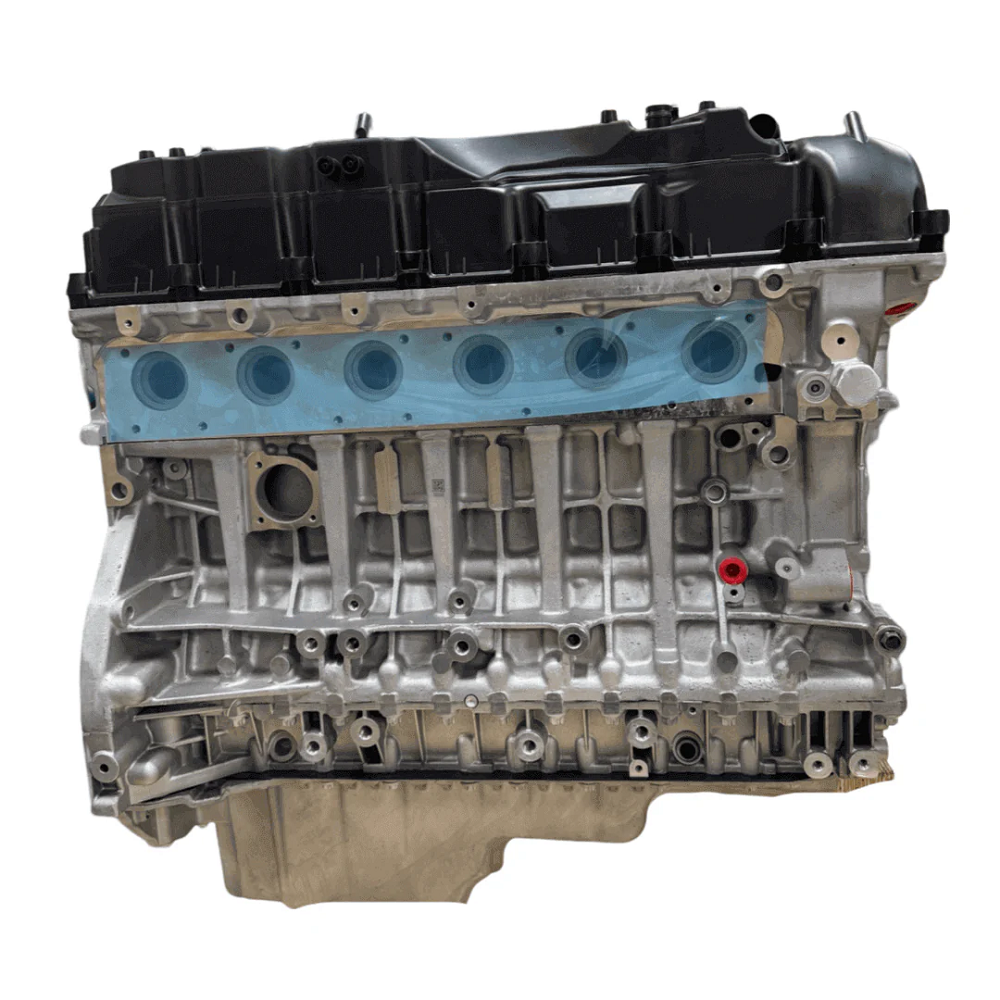
Comparing 6 Cylinder Engines to Other Configurations
4 Cylinder Engines vs. 6 Cylinder Engines
4 cylinder engines are smaller and lighter than 6 cylinder engines. They offer lower production costs, making vehicles more affordable. These engines are fuel-efficient, ideal for commuting and compact cars. However, they lack the power and torque of a 6 cylinder engine.
6 cylinder engines, in contrast, deliver better performance and smoother power delivery. They excel in towing, high-speed driving, and off-road conditions. While less fuel-efficient than 4 cylinders, they balance power and efficiency well. Choosing between the two depends on the need for affordability versus performance.
6 Cylinder Engines vs. 8 Cylinder Engines
8 cylinder engines, or V8s, provide more power and torque than 6 cylinder engines. These engines are commonly found in high-performance and heavy-duty vehicles. They handle demanding tasks like towing large loads or racing easily. However, V8s consume more fuel and are less efficient for daily driving.
6 cylinder engines are a good middle ground. They offer solid performance while being more fuel-efficient than V8s. They also cost less to produce and maintain, appealing to practical drivers. For those seeking power without extreme fuel costs, 6 cylinders are a strong option.
Cost and Maintenance Factors
A 6 cylinder engine is more expensive than a 4 cylinder but cheaper than an 8 cylinder. Its configuration is less complex than a V8 but more intricate than a 4 cylinder. This balance influences both initial purchase prices and repair costs.
Maintenance requirements for 6 cylinder engines are moderate. They have fewer parts than V8s, lowering long-term repair expenses. However, they require more upkeep than the simpler 4 cylinder engines. Fuel efficiency and reliability also contribute to lower operational costs over time.
For buyers, cost and maintenance factors often depend on their vehicle’s usage and performance needs.
Future of 6 Cylinder Engines
The future of 6 cylinder engines looks promising as they evolve to meet modern demands. Advancements focus on combining performance with sustainability to stay relevant in a changing automotive landscape.
Adoption in Hybrid and Electric Powertrains
The integration of 6 cylinder engines with hybrid powertrains is a growing trend. Automakers are pairing these engines with electric motors for better fuel efficiency. Hybrid 6 cylinder systems deliver strong power while reducing emissions. This makes them ideal for eco-conscious drivers who need performance. Plug-in hybrid models also utilize 6 cylinder engines for extended range and smoother operation. Looking forward, these engines will play a key role in bridging the gap between traditional combustion engines and electric vehicles.
Innovations and Advancements
Technological advancements continue to improve 6 cylinder engine performance. Turbocharging is widely used for increasing power without sacrificing efficiency. Direct fuel injection ensures optimal fuel-air mixing for better combustion. Automakers are also reducing engine weight using lightweight materials. Cylinder deactivation technology improves fuel efficiency by shutting off cylinders when full power isn’t needed. Additionally, manufacturers explore integrating AI-based systems to optimize engine performance in real-time. These innovations ensure that 6 cylinder engines remain competitive and efficient.
Market Trends and Popularity
Market demand for 6 cylinder engines remains strong, especially in SUVs, trucks, and performance vehicles. Consumers appreciate their balance of power and efficiency. Luxury brands continue to favor 6 cylinder engine for smooth performance. Hybrid configurations have boosted their appeal among environmentally conscious buyers. Sports car enthusiasts value turbocharged 6 cylinder engines for speed and agility. With ongoing advancements and versatility, 6 cylinder engines are likely to maintain popularity in a diverse range of applications. Automotive markets around the world are expected to keep embracing and optimizing this engine type.
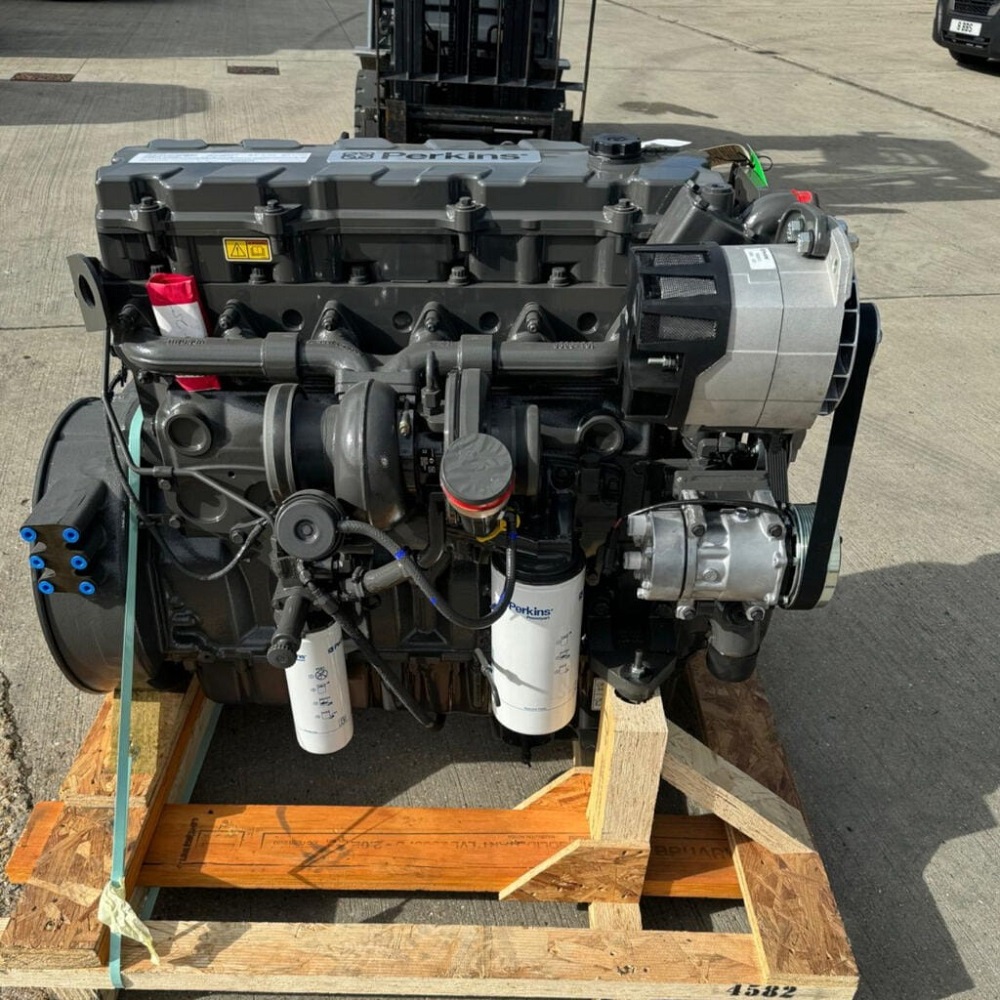
Leave a Reply